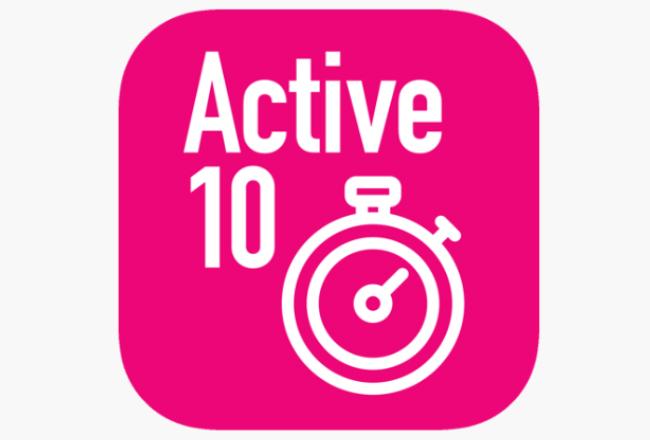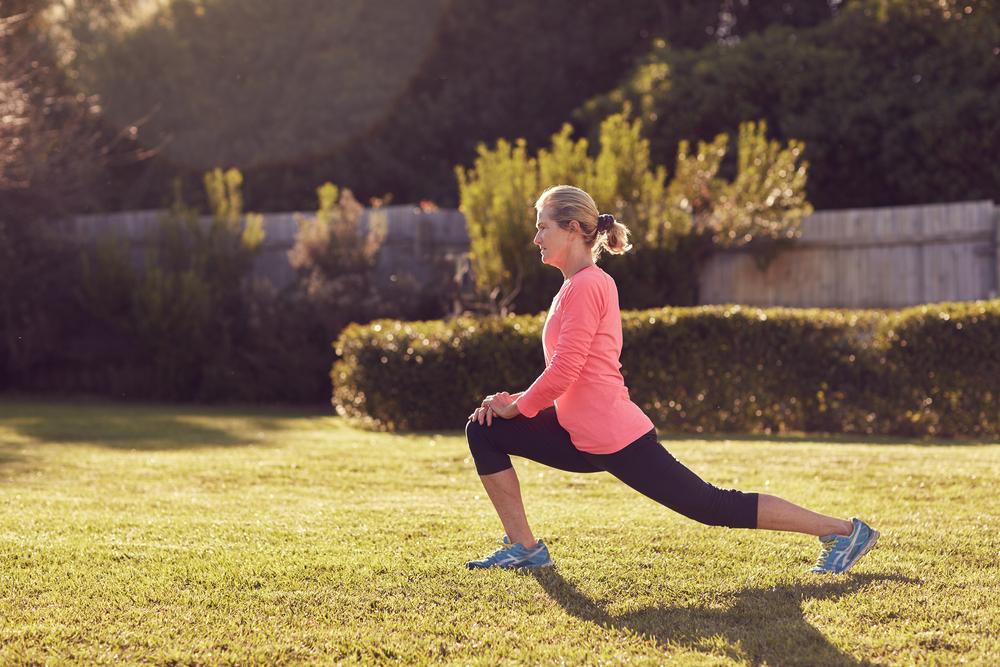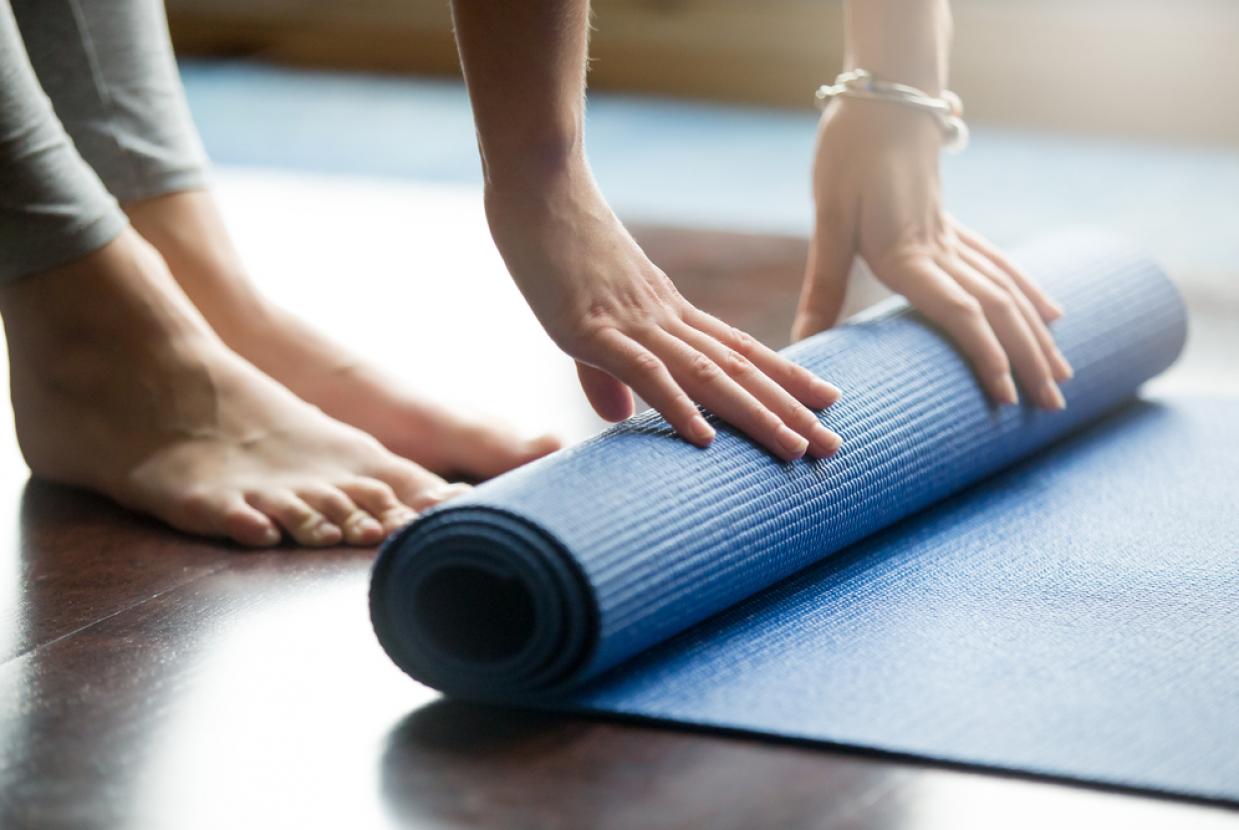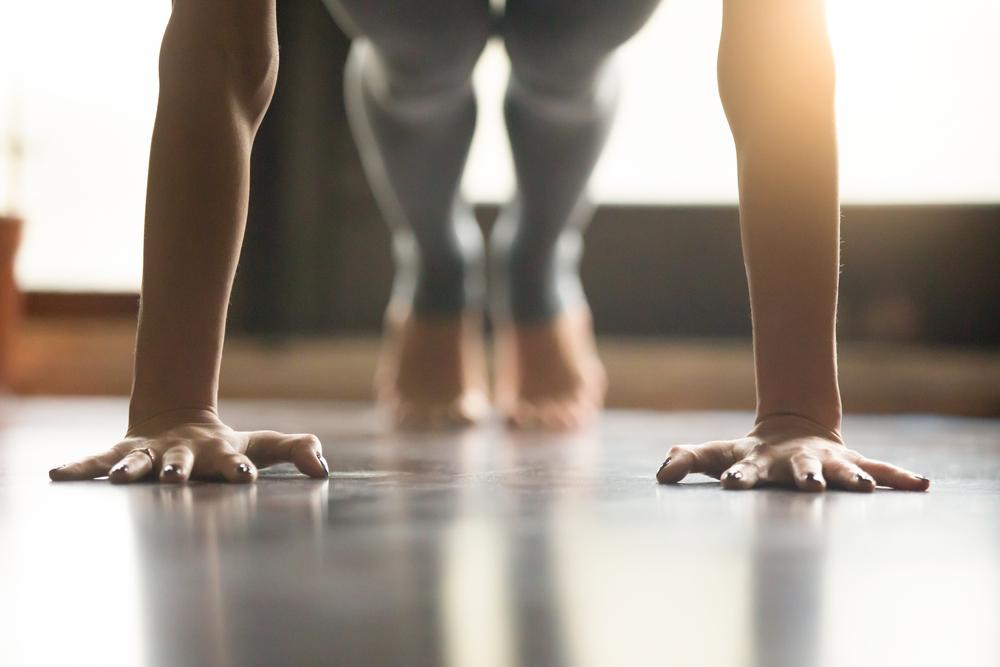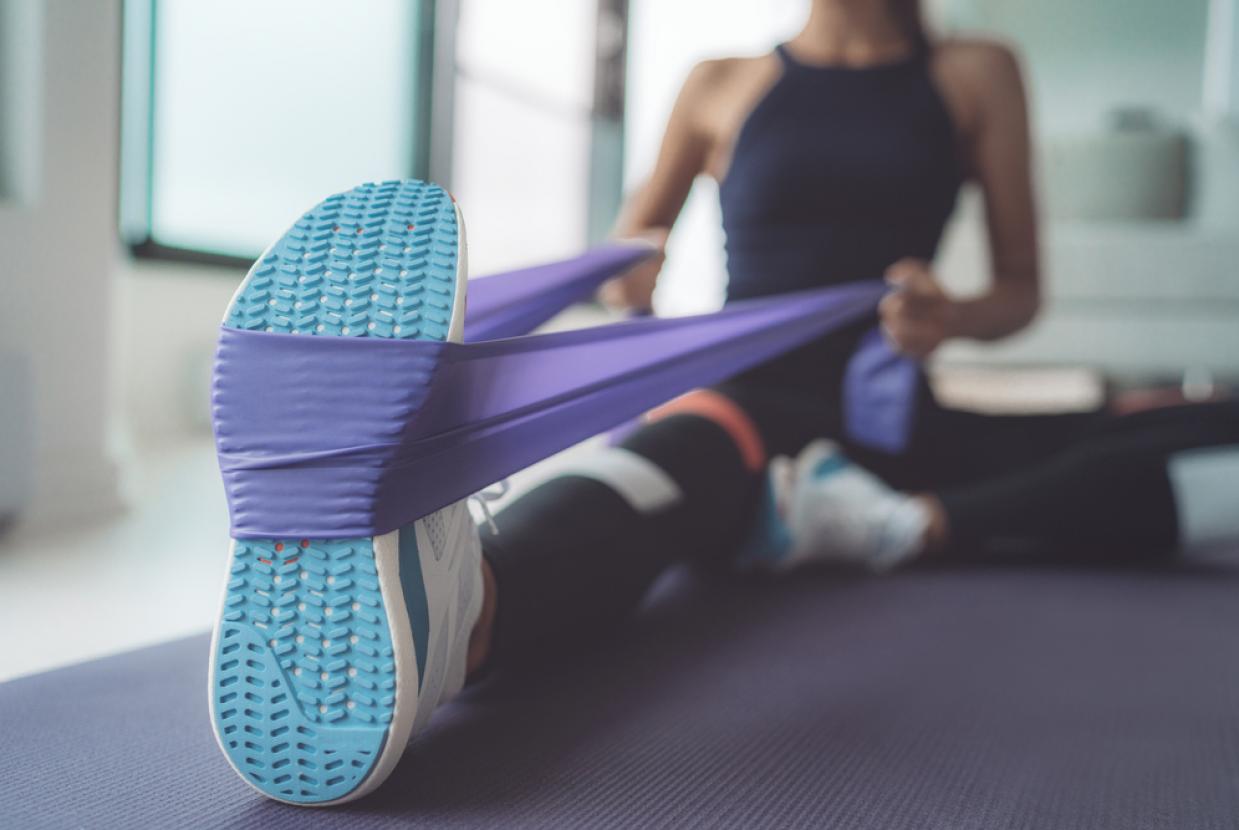How To Improve Strength & Flexibility
Strength and flexibility exercises will help you increase muscle strength, maintain bone density, improve balance and reduce joint pain.
What are strength exercises?
A strength exercise is any activity that makes your muscles work harder than usual. This increases your muscles' strength, size, power and endurance. The activities involve using your body weight or working against a resistance. You should try to do 2 sessions or more of muscle strengthening exercises a week.
Examples of muscle-strengthening activities include:
- lifting weights
- working with resistance bands
- heavy gardening, such as digging and shovelling
- climbing stairs
- hill walking
- cycling
- dance
- push-ups, sit-ups and squats
- yoga
What exercises are good for preventing falls?
Exercises that improve leg strength, balance and co-ordination can help people maintain and improve their muscle strength and avoid falls as they get older. Examples of leg-strengthening exercises include:
- tai chi
- yoga
- dance
- walking up stairs
- hiking
- lifting weights
How can I tell if I'm doing enough?
For an activity to be muscle strengthening, it needs to work your muscles to the point where you may need a short rest before continuing. For example, if you're lifting weights, you'd have to put the weight down after doing a number of lifts before carrying on.
What are flexibility exercises?
Flexibility exercises are activities that improve the ability of a joint to maintain the movement necessary for carrying out daily tasks and physical activity. Examples of flexibility activities include:
- stretching
- yoga
- tai chi
- pilates
What are the benefits of strength and flexibility activities?
Muscle-strengthening activities help maintain the ability to perform everyday tasks and slow down the rate of bone and muscle loss associated with ageing. Such exercises can also help reduce your chances of falling.
Health professionals believe that improving your flexibility can improve your posture, reduce aches and pains, and lower your risk of injury. Good flexibility can also help you to continue carrying out everyday tasks.
How often should I do strength and flexibility exercises?
It's a good idea to do muscle-strengthening activities that work all the major muscle groups (legs, hips, back, abdomen, chest, shoulders and arms) on 2 or more days a week.
No specific amount of time is recommended, but a typical training session could take less than 20 minutes.
Exercises should be performed to the point at which it would be difficult to do another repetition without help. A repetition is 1 complete movement of an activity, like lifting a weight or doing 1 push-up or 1 sit-up. Try to do 8 to 12 repetitions for each activity, which counts as 1 set.
Try to do at least 2 sets of muscle-strengthening activities, but to gain even more benefits, do 3 sets. Remember to start gradually and build up over a period of weeks. There are no specific recommendations for how much time you should spend on flexibility exercises.
How much aerobic exercise should I do?
For general health, try to do at least 150 minutes of moderate-intensity aerobic activity a week, as well as muscle-strengthening activities on 2 days a week.
But if you're doing vigorous-intensity aerobic activity, you should be able to get all your week's aerobic and muscle-strengthening requirements from 75 minutes of activity.
Do strength exercises count towards my 150 minutes?
No, time spent doing strength exercises does not count towards moderate aerobic activities. Aerobic activities like walking or cycling do count towards your 150-minute weekly target.
But don't some aerobic exercises include an element of strength?
Yes, some aerobic exercises, if performed at a vigorous intensity, will also strengthen your muscles. Examples include:
- circuit training
- dancing
- martial arts
- football
- hockey
- rugby










